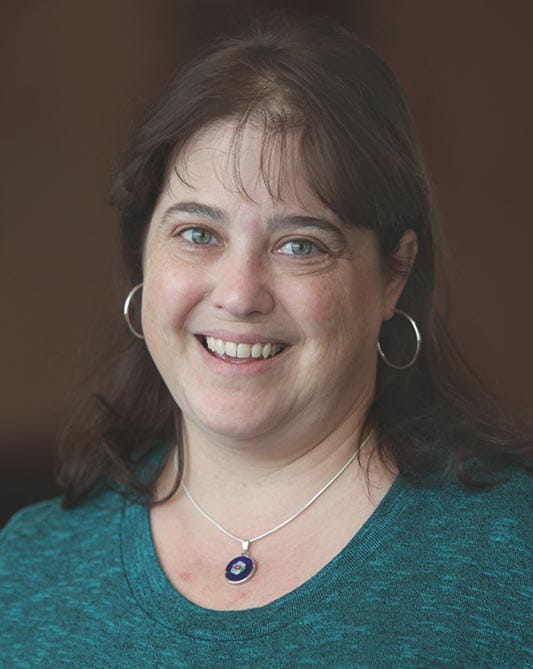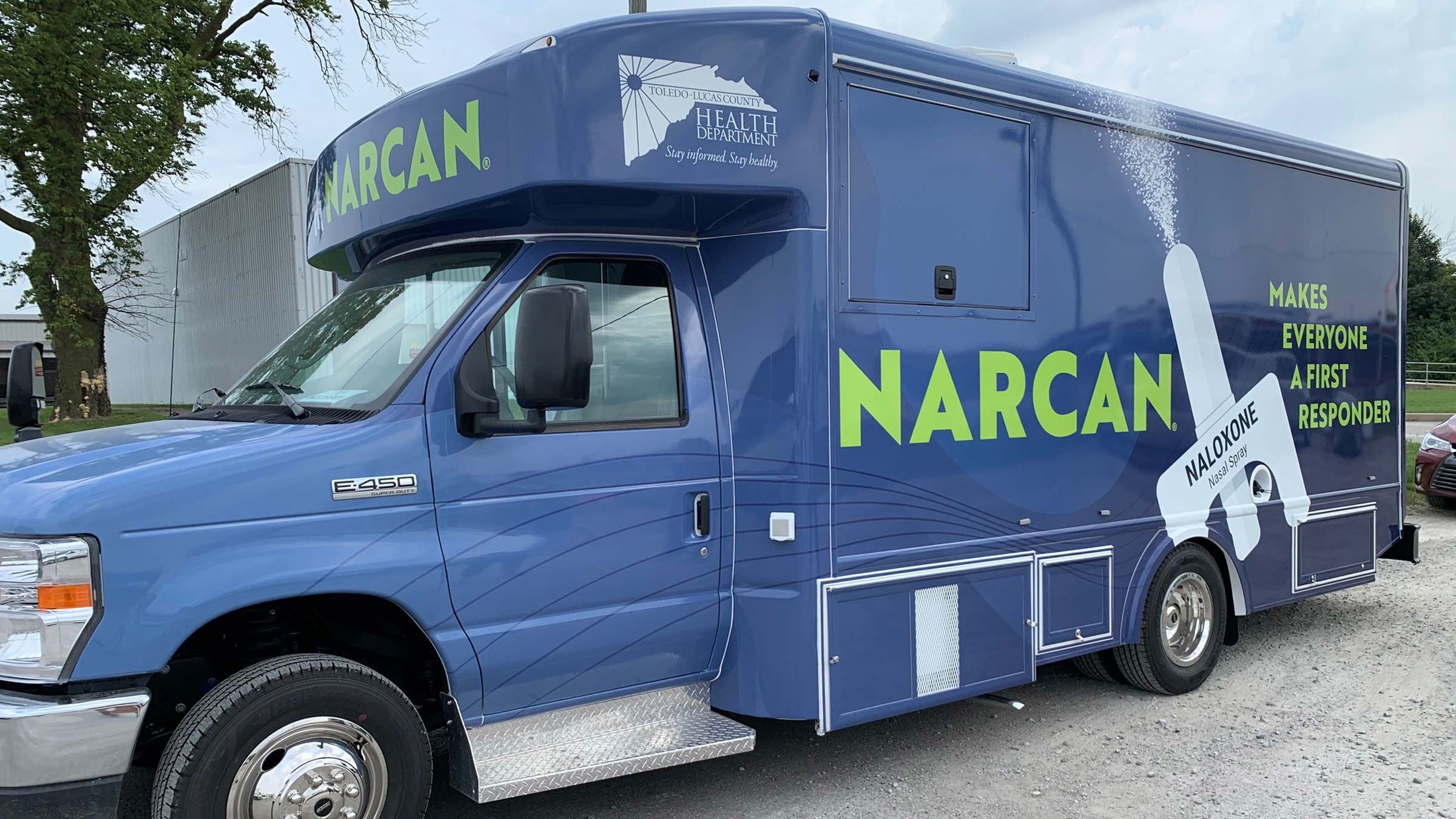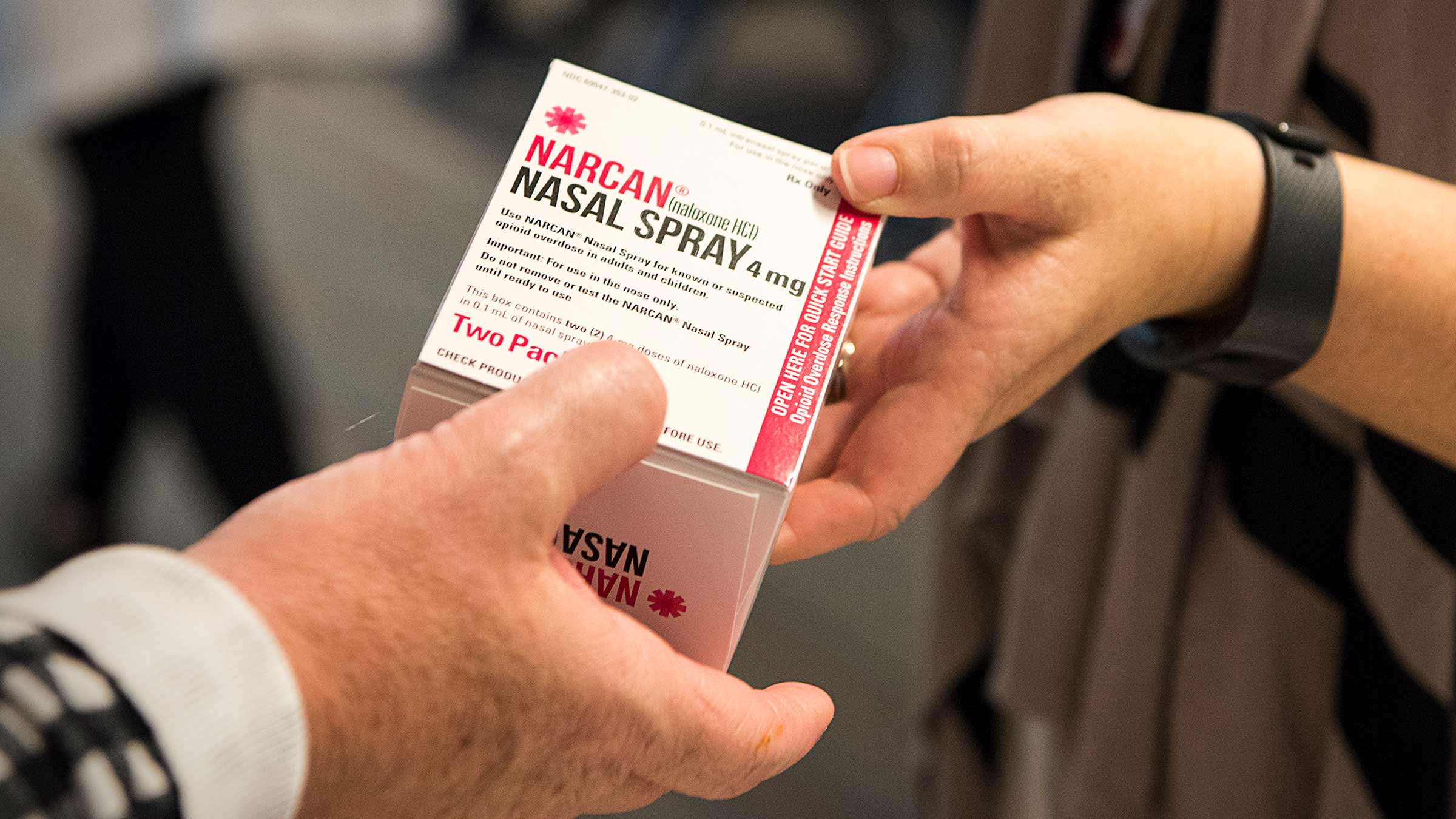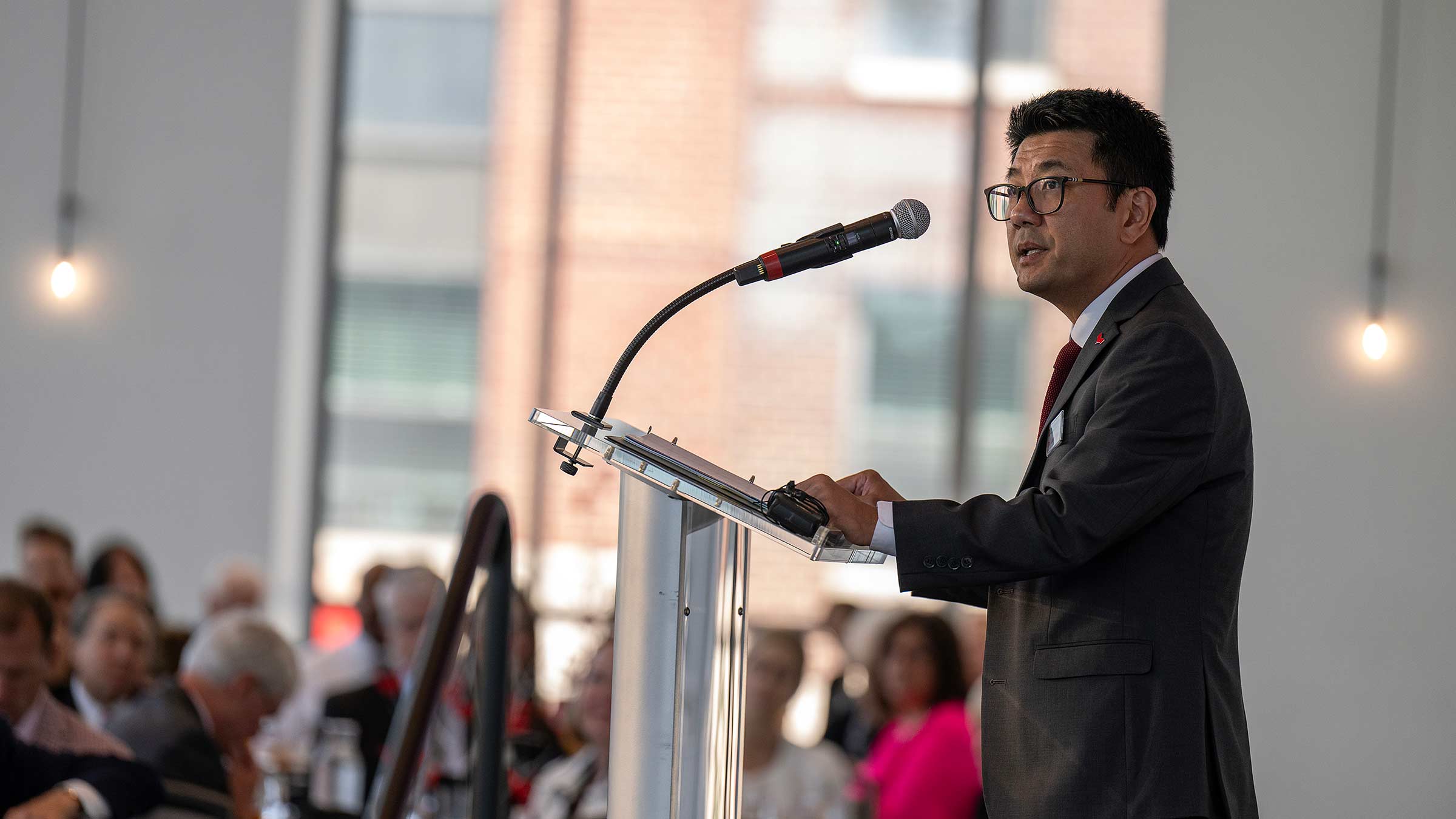Building a blueprint to heal communities battling the opioid epidemic
The advent of antibiotics. The development of vaccines to prevent the spread of diseases that once devastated millions. Solutions made possible by clinics, laboratories and communities focused on improving health outcomes and saving lives. This evidence-based approach to addressing community diseases is now being applied to another problem on an enormous scale: the opioid epidemic.
In Ohio, the work to accelerate new science into solutions takes place at The Ohio State University Center for Clinical and Translational Science (CCTS), where teams of scientists, clinicians and partners collaborate in an ongoing cycle of discovery, clinical trials, research and re-discovery.
The National Institutes of Health (NIH) chose CCTS to lead a group of academic, state and community partners through the HEALing Communities Study (HCS), a part of the NIH’s Helping to End Addiction Long-term Initiative® (HEAL Initiative® for short).
 “Through HCS we’ve been able to answer questions about what works in fighting the opioid epidemic and why it works,” says Bridget Freisthler, PhD, professor and associate dean of research in Ohio State’s College of Social Work. “And we have built this blueprint to share with other struggling communities.”
“Through HCS we’ve been able to answer questions about what works in fighting the opioid epidemic and why it works,” says Bridget Freisthler, PhD, professor and associate dean of research in Ohio State’s College of Social Work. “And we have built this blueprint to share with other struggling communities.”
Dr. Friesthler (pictured, right), the lead for the HCS grant, is working with scientists from leading health agencies and major academic institutions to better understand how combining proven strategies best prevent opioid overdose deaths.
The study is taking place in four states: Ohio, Kentucky, Massachusetts and New York. The findings from the study are establishing best practices for integrating prevention and treatment that can be replicated by communities nationwide.

Healing a community in Ohio hit hard by the opioid epidemic
The Ohio research team used a geographical modeling approach to select Ohio communities that had a disproportionately high burden of opioid use disorder and opioid-related overdose deaths.
Sarah Redoutey is a community engagement coordinator hired by Ohio State to work in the Appalachian community of Portsmouth, Ohio. Portsmouth, located along the Ohio River in Scioto County, is often referred to as ground zero for the opioid epidemic. Social workers, community organizations and professionals working in harm reduction had been battling the opiod crisis for years and had developed what Redoutey refers to as “compassion fatigue.”
Redoutey has said that facing dwindling resources and burnout, HCS has brought in not only funding but resolute staff and professional resources, offering a glimmer of hope.
“HCS provides a community engagement coordinator, community data coordinator and an intervention facilitator at each study site,” says Redoutey. “This gave the existing coalition of community members and organizations in Scioto County a framework to integrate evidence-based interventions, resources and solutions.”
“Ohio State came in to work as a partner, valuing the knowledge and expertise of those that were here,” says Abby Spears, executive director of Scioto Connection Coalition. “With new tools and technical support, we were able to advance effective solutions, bringing them to scale quickly.”
In Scioto County, which has the highest rates of opioid deaths in the state (as of data released in 2021), the support has allowed the implementation of over 15 innovative programs. This includes the deployment of a mobile unit, a post-overdose response team and programs in secondary sites that include drug court and the county jail, establishing a care program link. Additionally, they were able to increase distribution of the life-saving drug overdose medication, Naloxone.
“In 2020-21, we were able to distribute over 3,000 Narcan kits,” says Spears. “There are some counties in the state that are only distributing 100 a year. This has saved lives and we’re starting to see our overdose fatality numbers drop for the first time in several years.”

Clearing the way to get help to people in Ohio with opioid use disorder
Rebecca Jackson, MD, served as CCTS director and principal investigator, overseeing the initial work in Ohio that brought experts together from Ohio State, University of Cincinnati, Case Western Reserve University, Ohio University, University of Toledo and Wright State University until her sudden passing in October of 2022.
They developed data dashboards and community portals where information can be accessed in real-time. In an interview this past summer, Dr. Jackson explained that access to data allows them to identify treatment gaps and better understand how those on the ground can pivot or redirect resources and efforts in order to be able to have the greatest impact in their specific area.
“We worked to address the individualized needs of a community rather than a one size fits all for everybody,” Dr. Jackson said.
The overall goal of the first part of the study was to reduce opioid-related overdose deaths by 40% across a specific group of communities compared to a second group of communities during the comparison period of July 2021 to June 2022. The second group of communities can take advantage of strategies that were identified as effective in the first group.
Laura Wilson has worked as a registered nurse in public health for over a decade. She now serves as the HCS community engagement coordinator for Jefferson County in eastern Ohio. Through her past work at a family recovery center, she made extensive connections with local organizations involved in opioid use disorder.
Wilson says right away, the HCS identified a transportation intervention to physically get people to treatment facilities, which was something they’d been trying to get off the ground but could not, due to logistical and funding issues.
“HCS also identified the need to engage with the faith-based community more. Twelve-step recovery meetings take place in churches and that is a good place to leave information on finding treatment facilities in the county,” Wilson says. “HCS is clearing the way for residents to get help.”
The work is especially needed for residents living in areas experiencing higher inequities in overdose deaths.
State agencies are able to access data and analytical tools through the InnovateOhioPlatform (IOP). This program allows them to move from ideas to results through data-driven decision making.
“Once we identify a zip code with higher overdose deaths than those around it, we can develop hot spot initiatives that specifically target the area,” says Dr. Freisthler. “This is data-driven decision making. This study facilitated the creation of a more robust data infrastructure for Ohio.”
Dr. Freisthler says the state is now able to respond to data requests much more quickly potentially transforming how state agencies deliver interventions and services.
“HCS will leave a legacy and serve as a model for tackling other public health crises,” says Dr. Freisthler. “The ability to infuse an evidence-based program quickly could also be used to address suicide and mental health.”
Editor’s note: Ohio State’s Center for Clinical and Translational Science (CCTS) is now known as the Clinical and Translational Science Institute (CTSI) as of August 2024.







